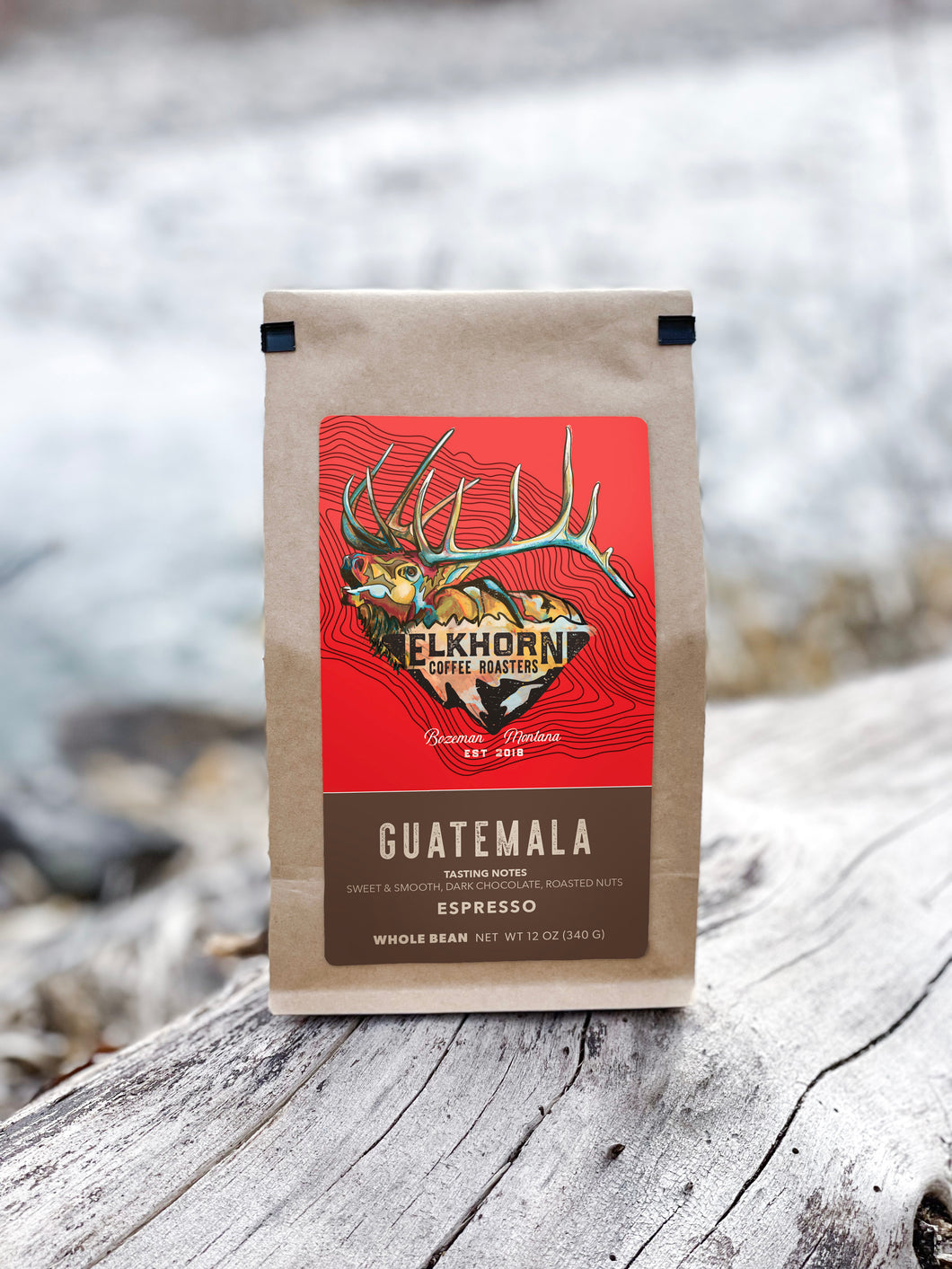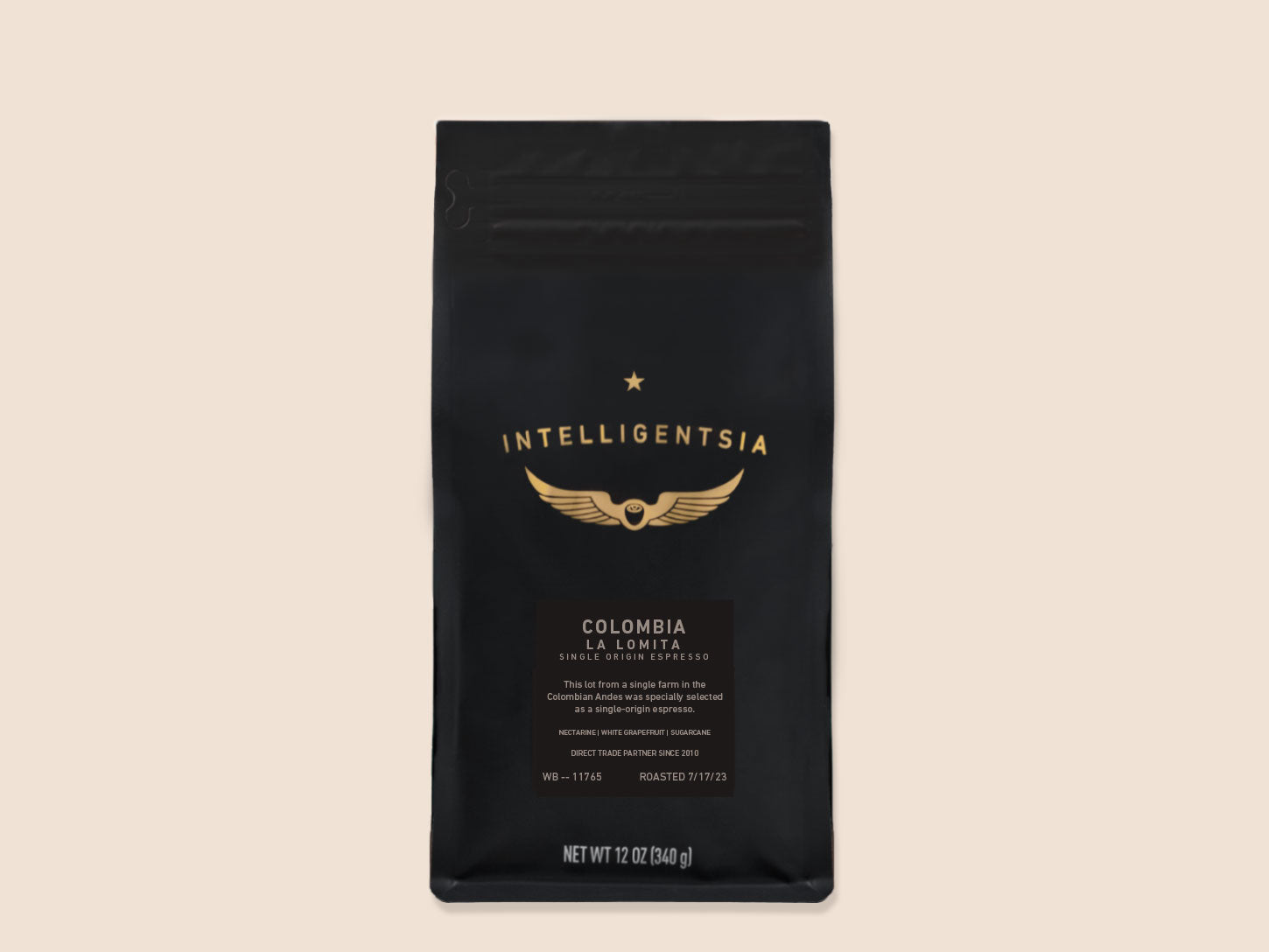SOE Single Origin Espresso – A Great Gift for Coffee Aficionados
SOE Single Origin Espresso – A Great Gift for Coffee Aficionados
Blog Article
Coffee Beans 101: Every Little Thing You Required to Know Regarding Espresso and Blended Coffee Beans
When it comes to coffee, recognizing the nuances of coffee and combined beans can transform your daily cup. From the growing process to roasting strategies, every action plays a function in your coffee experience.
Understanding Coffee Beans: Kinds and Selections
When diving into the world of coffee, recognizing the types and ranges of coffee beans is important for every lover. Arabica beans are understood for their smooth, complicated tastes and lower caffeine content, making them a favorite among coffee enthusiasts.
Ethiopian Yirgacheffe offers intense floral notes, while Colombian beans provide a well-balanced flavor profile. By acquainting on your own with these beans and their tastes, you'll raise your coffee experience and make even more enlightened options in your brewing trip.
The Expanding Refine: From Seed to Bean
When you discover the trip of coffee, everything begins with seed selection strategies that establish the foundation for quality. From there, farming and collecting play necessary functions in guaranteeing the beans flourish. Ultimately, handling methods change those gathered cherries into the coffee beans you enjoy.
Seed Selection Strategies
Choosing the best seeds is important for producing high-quality coffee beans, as it lays the structure for the whole expanding process. Pay interest to the seed's age and storage conditions, as fresh seeds have a tendency to germinate far better. Consider the illness resistance of different varieties, as this can considerably affect your return.
Growing and Harvesting
As you nurture your coffee seeds right into flourishing plants, understanding the growing and harvesting process is vital for attaining the ideal taste and quality. Beginning by planting your seeds in well-draining dirt, preferably in a shaded location to safeguard them from direct sunshine.
When it comes time to harvest, try to find ripe cherries, which typically transform a lively red. Hand-picking is typically the most effective method to assure only the ripest cherries are selected. Timing is vital; harvesting prematurely or also late can influence the flavor account of your beans. Embrace perseverance and care, as this is where top quality begins.

Handling Methods Explained
Once you have actually collected your coffee cherries, the following necessary action is refining them to change those dynamic fruits right into the beans you'll make. In the completely dry procedure, you spread the cherries out in the sunlight to dry, enabling the fruit to ferment and pass on distinct tastes to the beans. Comprehending these techniques is crucial to enjoying your coffee experience.
Toasting Strategies: Just How Taste Is Created
When it involves toasting coffee beans, comprehending roast degrees is essential to exposing their distinct tastes. Each roasting technique influences the fragrance and improves the flavor growth procedure, providing you a richer coffee experience. Let's check out exactly how these elements come with each other to elevate your daily brew.
Roast Levels Explained
Roast levels play an essential function in forming the taste account of your coffee. By understanding these degrees, you can better choose a coffee that matches your preference preferences. Experiment with various roasts to discover which one resonates with you, boosting your overall coffee experience and satisfaction.
Effect On Scent
The roast degree not only affects the preference of your coffee but additionally substantially affects its scent. When you pick a light roast, you'll commonly notice bright, flower notes that can make your coffee scent lively and fresh. As the beans dim, the aroma changes; a tool roast draws out more well balanced, caramelized aromas, while a dark roast often tends to feature vibrant, great smoky undertones. Each roasting technique launches various unpredictable compounds, shaping just how your coffee smells. Furthermore, the quality of the beans plays an important duty; freshly roasted coffee releases much more fragrant oils, boosting that enticing scent. So, take note of the roast degree-- it's crucial to disclosing the complete aromatic experience of your brew.
Taste Development Refine
As you check out the flavor advancement procedure, you'll uncover that roasting strategies play an essential duty in forming the taste profile of your coffee. The toasting temperature and time directly affect the level of acidity, sweetness, and anger of the beans. Light roasts maintain more of the bean's original flavors, highlighting fruity and flower notes. Tool roasts balance level of acidity and body, supplying a well-shaped flavor. Dark roasts, on the various other hand, draw out bold, great smoky qualities while diminishing the bean's integral high qualities. During roasting, chemical reactions, like the Maillard reaction and caramelization, change the beans and improve their complexity. Try out various roasting levels can aid you find your ideal mixture, so don't be reluctant to taste and uncover the abundant spectrum of flavors!
Espresso vs. Blended Coffee: Secret Differences
Espresso and combined coffee each deal special experiences that satisfy various tastes and preferences. Coffee is a focused coffee made by forcing warm water through finely-ground coffee beans, causing a rich, vibrant taste and a velvety layer of crema ahead. It's often taken pleasure in as a shot or made use of as a base for drinks like cappucinos and coffees.
On the various other hand, combined coffee read review combines various beans from various regions, creating a more well balanced taste account. You'll typically find blends that highlight sweet taste, body, or level of acidity, making them flexible for various developing techniques. While espresso concentrates on strength, blended coffee might supply a more comprehensive array of flavors that can alter with each sip.
Ultimately, your option between coffee and combined coffee boils down to your individual choice. Whether you long for a leisurely cup or a fast jolt, both choices have something scrumptious to provide.

Brewing Techniques: Opening the Perfect Mug
When it pertains to brewing coffee, finding the right approach can change your experience and boost your cup. Each brewing method has its special appeal and can substantially impact your coffee's taste and scent. Using a French press allows you to enjoy a robust and rich mixture, while a pour-over approach gives a clean, bright cup with distinctive flavors.
If you favor coffee, buying a top quality equipment can aid you grasp the art of drawing shots. For benefit, a single-serve sheath system offers speed without sacrificing preference.
Do not neglect regarding cool brew, which provides a smooth, much less acidic coffee ideal for hot days. Experiment with various approaches to discover what reverberates with your palate.
Tasting Notes: Identifying Taste Profiles
How can you genuinely appreciate your coffee if you do not recognize what flavors to look for? Sampling notes are your overview to recognizing the complicated globe of coffee. Some coffees could leave a chocolatey or sugar aftertaste, while others might have a brilliant, clean finish.
Take into consideration the body of the coffee, as well; is it light and airy or thick and syrupy? Don't forget level of acidity; a bright level of acidity can add vigor, while a reduced level of acidity might provide a smoother experience. By identifying these flavor accounts, you'll deepen your link with each mug, making coffee tasting a delightful trip of exploration.

Tips for Selecting and Keeping Coffee Beans
Keeping and choosing coffee beans properly can considerably boost your brewing experience. Start by picking top quality beans that fit your preference - SOE.
Once you have your beans, store them in an airtight container to stop direct exposure to light, moisture, and air. A dark, trendy area functions best, so avoid keeping them in the fridge or freezer, as this can introduce moisture. Just grind the amount you need to maintain freshness; whole beans maintain flavor longer than pre-ground coffee.
Finally, attempt to utilize your beans within 2 to four weeks after opening for peak taste. Complying with these ideas will certainly ensure your coffee remains flavorful and enjoyable, raising your everyday brew to brand-new elevations.
Often Asked Concerns
Exactly How Long Do Coffee Beans Keep Fresh After Toasting?
Coffee beans stay fresh for about two weeks after roasting - SOE. You should store them in an impermeable container, far from light reference and dampness. Afterwards, their flavor and aroma start to reduce substantially

Can I Mix Different Coffee Bean Varieties?
Definitely, you can blend different coffee bean varieties! Experimenting with blends can boost flavors and create a distinct preference account. Simply make certain to balance the strengths and attributes of each variety for the best outcomes.
What Is the Ideal Grind Dimension for Espresso?
For coffee, you'll read the full info here want a fine work size, concerning the texture of table salt. This permits ideal removal, causing an abundant, flavorful shot. Experiment a little bit to find what matches your preference best!
Just How Does Altitude Affect Coffee Bean Taste?
Elevation influences coffee bean flavor by influencing the development price and chemical structure. Higher altitudes cause slower maturation, which improves acidity and intricacy, giving your coffee a vibrant and one-of-a-kind taste you will not forget.
Are There Decaffeinated Variations of Espresso Beans?
Yes, there are decaffeinated versions of coffee beans. You can delight in an abundant espresso flavor without the high levels of caffeine kick. Just seek "decaf" blends at your local coffeehouse or specialized shop.
Coffee Beans 101: Every Little Thing You Need to Know Regarding Coffee and Blended Coffee Beans.
When diving right into the world of coffee, recognizing the types and varieties of coffee beans is crucial for every lover.When it comes to toasting coffee beans, recognizing roast levels is vital to revealing their one-of-a-kind flavors. Espresso is a concentrated coffee made by compeling hot water via finely-ground coffee beans, resulting in an abundant, strong taste and a creamy layer of crema on top.On the other hand, combined coffee combines different beans from various areas, developing a more well balanced taste profile.
Report this page